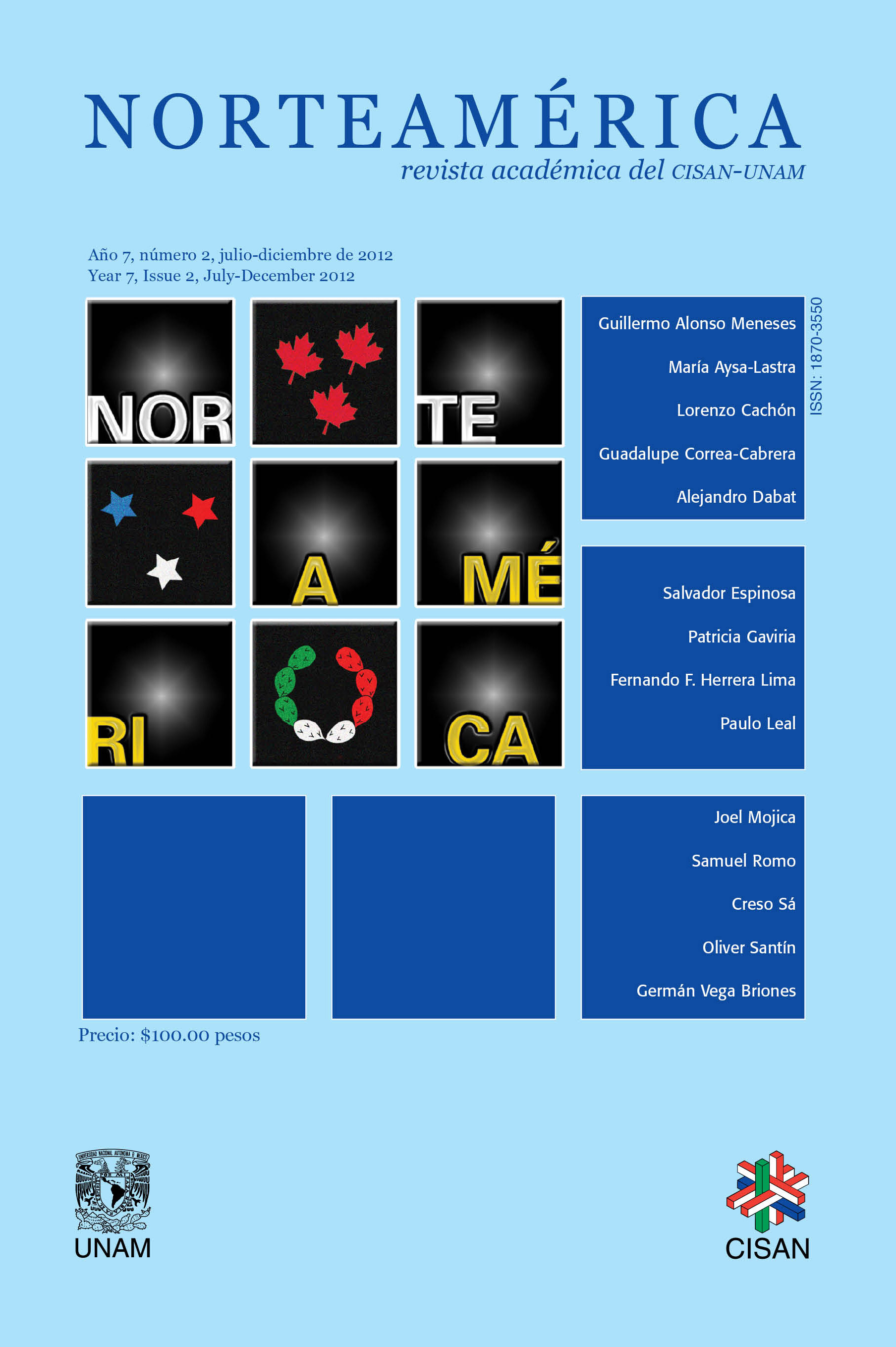Abstract
he Great Recession profoundly impacted labor markets in the United States and Spain, the two most important destinations for Latin American immigrants. Unemployment rates doubled within two years and increased at an even greater rate for Latino immigrants. Using national labor force surveys (Encuesta de Población Activa for Spain and Current Population Survey for the U.S.), this article compares employment trends of natives, immigrants in general, and Latino immigrants in both countries by sectors. We conclude that despite the differences in the Spanish and U.S. economies and the historical distinctions between immigration flows from Latin America to both countries, the crisis's effects on employment have similar features and show the greater vulnerability of immigrants in general and Latino immigrants in particular.Authors who publish with this journal agree to the following terms:
Copyright Retention and License Grant:
Authors retain copyright of their work and grant the journal a non-exclusive right of first publication. The work is licensed under a Creative Commons Attribution-NonCommercial 4.0 International License (CC BY-NC 4.0), which permits others to share and adapt the work for non-commercial purposes, provided they give appropriate credit to the author and acknowledge the work’s initial publication in this journal.
Additional Distribution: Authors are free to enter into separate, additional contractual arrangements for the non-exclusive distribution of the journal’s published version of the work (e.g., posting to an institutional repository, publishing in a book, or other distribution), provided they acknowledge the work’s initial publication in this journal.
Pre- and Post-Publication Sharing: Authors are permitted and encouraged to share their work online (e.g., in institutional repositories, personal websites, or academic platforms) before, during, or after the submission process, as this can foster productive exchanges and increase the visibility and citation of the published work, subject to the terms of the CC BY-NC 4.0 license.



